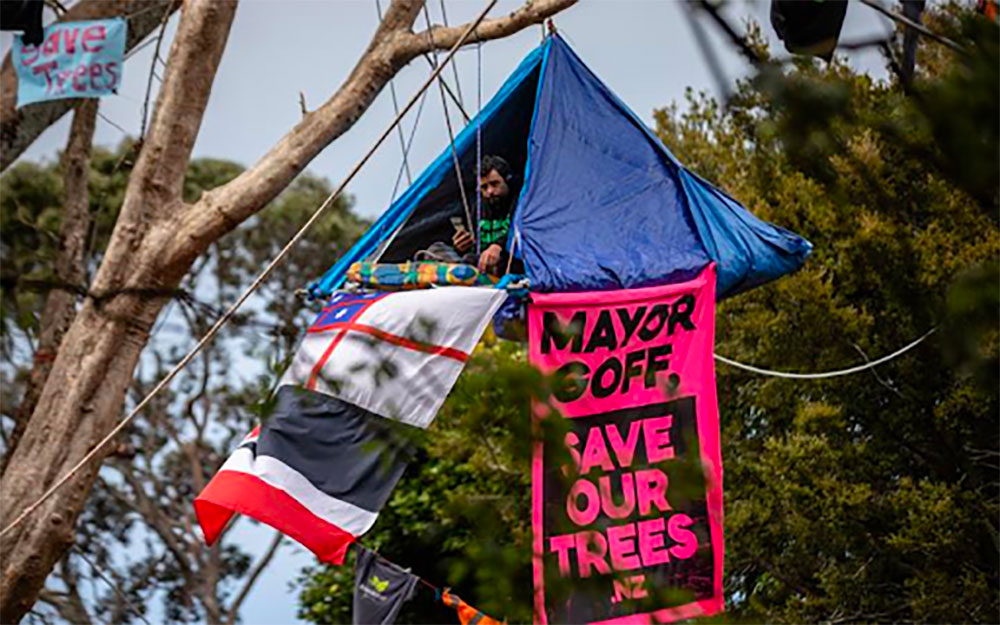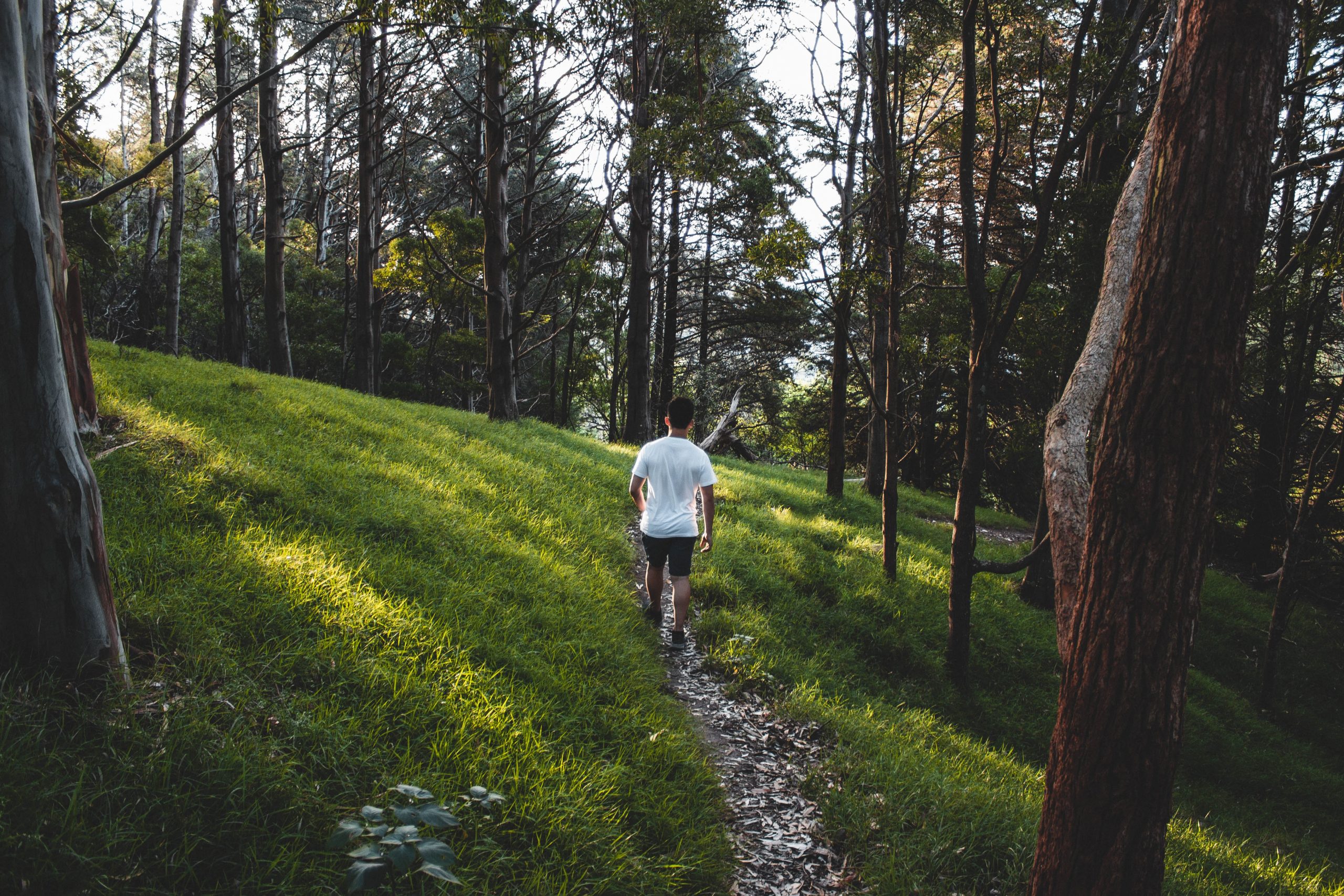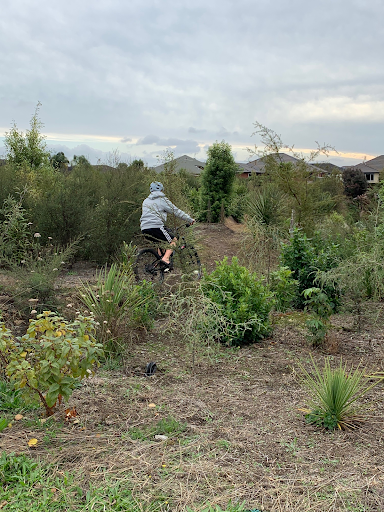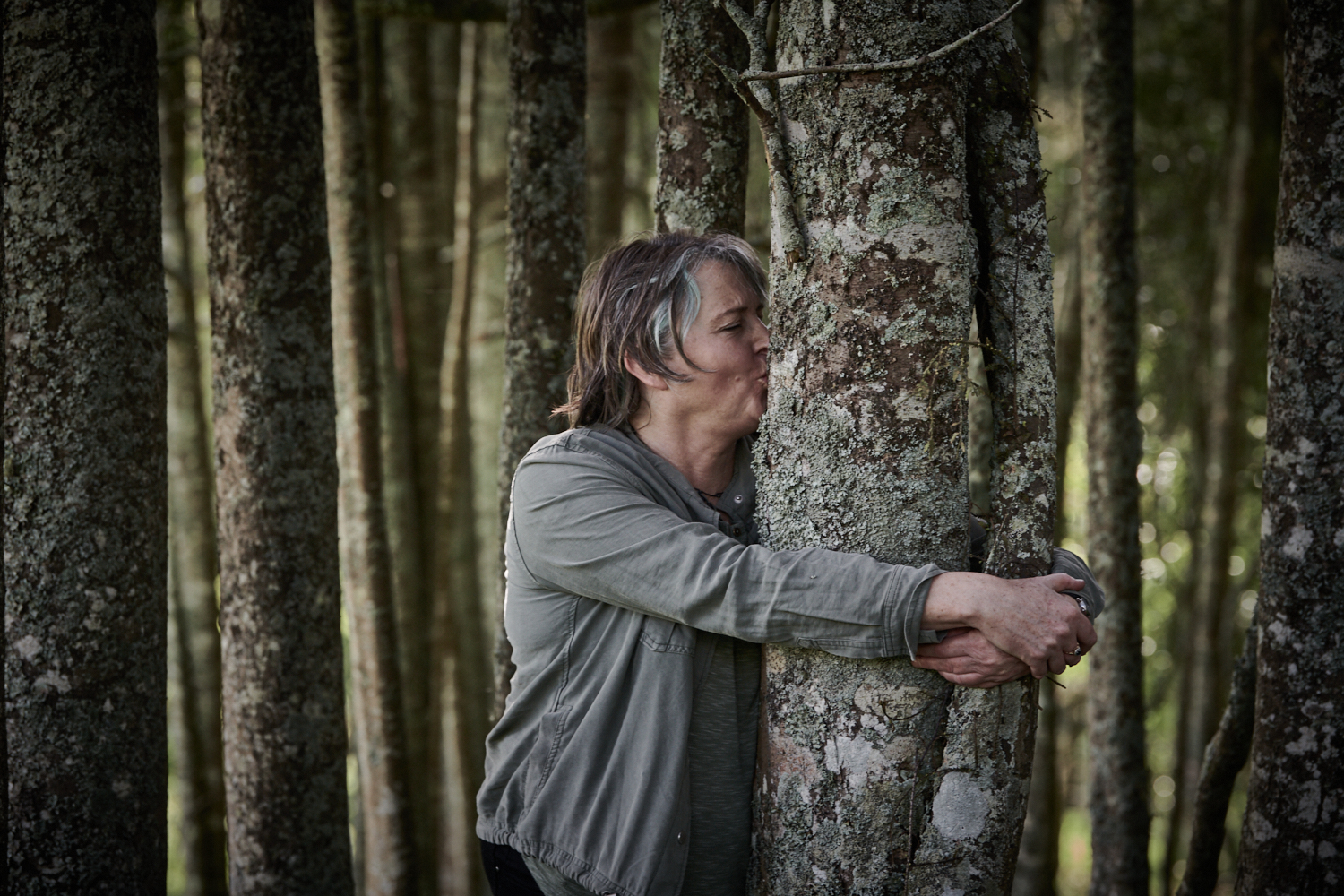New Zealand is one of the world’s most urbanised countries, with some 86% of the population living in urban areas. Urban trees provide a myriad of environmental, cultural and well-being benefits, many of which are highly valued by urban dwellers. Our urban trees, especially large mature trees, deserve better protection from development pressures.
We have seen the carnage play out across the media. The Canal Road site in Avondale, Auckland, initially contained a grove of over 40 mature native trees, including black maire, kawaka, manoao, rewarewa, tōtara and pūriri. Despite vigorous protests and multiple arrests, all of these native trees have been felled since the section was sold to developers

Protestors gathered at the corner of Canal Rd, Avondale, every day since developers moved in on July 10, 2020.
Despite fierce protests, all the mature native trees were cut down.
Photo credit: RNZ/ Dan Cook.
Auckland’s urban tree loss has been under increasing scrutiny over recent years, with arborists describing it as a ‘chainsaw massacre’.
How can this happen? Changes to the Resource Management Act (RMA) in 2012 by the National-led government at the time, led to the removal of blanket tree protection of trees in 2015. This means that trees without formal protection on private land can legally be removed, regardless of their age or their biodiversity values. Developers have rushed to take advantage of this across Auckland, leading to the loss of many trees.
Auckland’s average tree cover is only 18.4%, which is moderately low relative to comparable international cities, so any loss of trees is concerning.
How can we quantify the value of urban trees and use this to leverage their protection?
The benefits of urban forest
Urban trees provide a myriad of benefits related to environmental services, cultural values, community health and well-being. New Zealand is one of the world’s most urbanised countries, with 86% of the population in cities and towns.
Trees on public land are particularly important in New Zealand because they generally have much better protection than trees on private land, as there is less risk of conflict with housing and infrastructure initiatives. This is particularly relevant since the changes to the RMA removed blanket tree protection. Also, more people have access to the benefits of urban trees on public land, which are even more important in neighbourhoods where there are high population densities and higher levels of socioeconomic deprivation.
In a study of the perceived value of urban trees in New Zealand, the benefits of aesthetics, having Nature in the city, habitat for wildlife, and fresh air, were rated ‘important’ or ‘very important’ by over 80% of respondents. Shade, carbon storage and protection from wind and noise were rated important or very important by 60% to 70% of respondents. Out of the seven listed negative effects, only one registered a higher level of importance (62%) than the lowest-ranked benefit, i.e., ‘causing drainage problems’.
”Investment in urban forest makes economic sense.
Climate moderation
Not only do trees sequester carbon and mitigate against climate change, they also provide shelter and ameliorate the local climate. Trees provide shade, protect people from harmful ultraviolet radiation and reduce the risk of heat stroke. And the cooling effect of trees, due to evapotranspiration and provision of shade, reduces the urban heat island effect.
Brisbane is probably the leafiest city in the world, with an astonishing 44% tree cover, much of which is on public land. Its urban forest stores an estimated 1.9 million tonnes of carbon. And tree canopy cover makes leafy parts of Brisbane up to 7 °C cooler than treeless areas.
Green infrastructure
Lack of natural vegetation in urban areas reduces interception and ground infiltration of precipitation. This increases the speed of run-off and the risk of flooding. Green infrastructure counteracts this, taking pressure off downstream stormwater systems, alleviating flooding, and protecting water quality.
Green infrastructure is created by either strategically retaining natural vegetation in urban planning, or by planting trees and restoring wetlands, as opposed to creating man-made infrastructures. It is effective, economical, and has many other benefits that enhance quality of life in urban areas. These natural systems often perform more efficiently and are more cost-effective than manmade ‘hard’ infrastructure solutions.

Improved air quality and health outcomes
Trees and other vegetation are also effective in the interception of airborne particulate matter (PM) and absorption of gaseous air pollutants, resulting in improved air quality and lower incidences of respiratory and cardiovascular diseases, fewer hospital admissions and lower health costs.
The many tonnes of air pollutants estimated to be removed by urban trees in Christchurch and Auckland are worth tens of millions of dollars in terms of health benefits, largely due to reduced exposure to PM.
A recent New Zealand study demonstrated that exposure to natural vegetation can protect against asthma in children. This was based on a longitudinal study of 49,956 New Zealand children born in 1998 and followed up until 2016. Children who lived in greener areas were less likely to be asthmatic. Exposure to a greater number of natural vegetation-cover types provided an additional increment of protection; however, exposure to gorse and exotic conifers was found to be a slight risk factor for asthma.
Biodiversity values
Cities are often biodiversity ‘hotspots’ because they frequently sit astride convergences of several biomes. Remnants of natural vegetation commonly remain in gullies, floodplains and aquifer protection zones. These remnants provide habitat for species and help provide ecological corridors connecting the mountains to the sea.
While many ecosystem services may be provided equally, or sometimes better, by introduced tree species in urban settings, it is native biodiversity that underpins New Zealand’s unique sense of place (e.g., silver fern), cultural values (e.g., harakeke), and adds to tourism, international obligations and New Zealand’s reputation.
Urban trees, cultural values, and well-being Spiritual and cultural services
Cultural and spiritual services provided by urban forests are difficult to value economically but are highly valued by most urban residents and contribute significantly to quality of life, social capital, and mental well-being.
Our identity suffers when recreational opportunities and connections with Nature are lost, natural ecosystems are degraded, and native species become locally extinct. Volunteering in ecological restoration and involvement in activities in natural areas benefits health and well-being and is a unifying force in communities.
”Having access to natural areas may be vital for mental health in a world that is rapidly urbanising.
Nature is important for our well-being
In 1984, a pioneering clinical study showed how Nature influences our well-being. The recovery rates of patients after surgery were compared relative to their views from their hospital rooms. Some patients looked out to a garden and grove of trees, while others had a view of a brick wall. Patients with a natural view spent fewer days in hospital and used less medication.
Since then, there has been a wealth of international research on the importance of Nature for human well-being. A review of international epidemiological studies found evidence for a positive relationship between green space and population health. People living in urban areas tend to experience more stress and have poorer mental health. However, green space in urban areas helps counteract this by providing a restorative environment that alleviates stress and mental fatigue. This has important economic implications because a healthy population is more productive and has lower health costs.
Ecotherapy is an increasingly popular treatment programme that utilises the restorative effects of green space to benefit mental health and well-being.
Researchers in two clinical studies provided scientific evidence of the positive effects of walking in Nature on well-being, compared with walking in a purely urban setting. Even sitting in a room with views of trees resulted in a rapid decline in diastolic blood pressure, compared with sitting in a viewless room. These results suggest that having access to natural areas may be vital for mental health in a world that is rapidly urbanising.
Recreation
Urban forests provide general amenity and ambient environments for recreation, which benefits the physical and mental well-being of city residents and visitors.
A prime example of a New Zealand urban forest utilised for recreation is the 5600 ha Whakarewarewa Forest in Rotorua. Two studies estimated recreational values to exceed the value of the potential annual timber production from this forest.
Amenity and aesthetic values, and enhanced property values
Native trees can add distinct character and identity to cities. This makes urban centres more appealing to live in and visit. Trees can be strategically planted to benefit local residents, e.g., street trees can help calm and slow the flow of traffic, and trees can be planted to create shade at local parks or playgrounds. Urban trees are also associated with enhanced property values.

Photo credit: Mel Ruffell
The bigger the better – mature trees provide more benefits
Many of the benefits attributed to urban forest are disproportionately provided by larger, mature trees because:
- they create more shade
- they intercept larger amounts of particulate pollutants and absorb more gaseous pollutants
- they intercept more rainfall due to larger leaf areas and assist with the reduction of volume and rate of surface water run-off entering the drainage system
- they contain more carbon and generally have higher carbon sequestration rates
- residents often have strong emotional connections to landmark mature trees and are more likely to mourn the loss of large trees
- they provide better habitat and biodiversity values; and some native species, such as kākāand bats, prefer taller trees
- they are less susceptible to vandalism and can be pruned to provide higher canopy clearance over roadways and footpaths
- they contribute more to calming and slowing traffic on local streets than small trees
Retention of existing, larger-growing trees should be a priority, particularly in densely built-up areas where the associated benefits are high, and opportunities are limited for new plantings.




Leave a comment